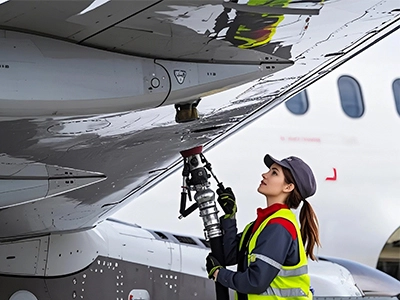What are the biggest challenges for law enforcement?
Police, tactical units, and security forces around the world are facing increasingly dangerous operational environments. Because of this danger, police officers are paying a steep price. Sometimes eve...
May 07 , 2025











